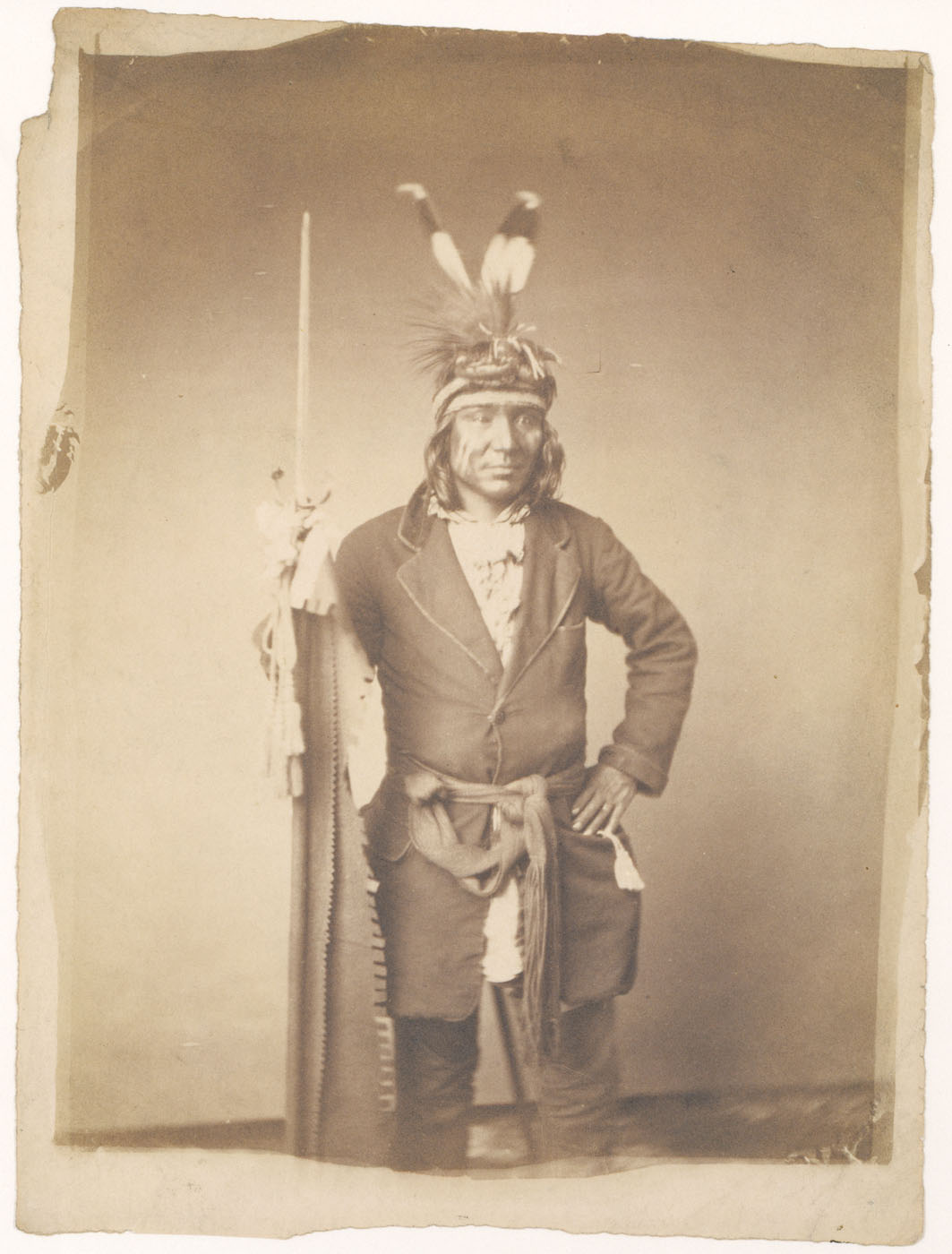James McClees
Trained in Philadelphia as a daguerreotypist, McClees was among the first to experiment with the art of paper photography. In partnership with Lafyette Germon (1823–1878), he improved greatly on what was known as the "Whipple" process, named after the Boston photographer John A. Whipple, who originally owned the American patent for making paper prints from glass negatives (crystalotypes).
Announcing the departure of McClees from Philadelphia, on September 1, 1857, the editors of the Photographic and Fine Arts Journal predicted success for his new Washington, D.C., gallery and concluded that "the most striking photos of places in mid-19th century Philadelphia are those … by James McClees." His photographs commemorated already historic sites, such as the house at the southwest corner of Seventh and Market Streets where Thomas Jefferson composed the Declaration of Independence, as well as new monuments to civic pride. At mid-century, the view from the hill above the Fairmount waterworks was considered the best in Philadelphia. McClees, however, turned away from this site, commemorating a view that presented an image of the city as progressive yet upholding classical ideals.
Merry A. Foresta American Photographs: The First Century (Washington, D.C.: National Museum of American Art with the Smithsonian Institution Press, 1996



